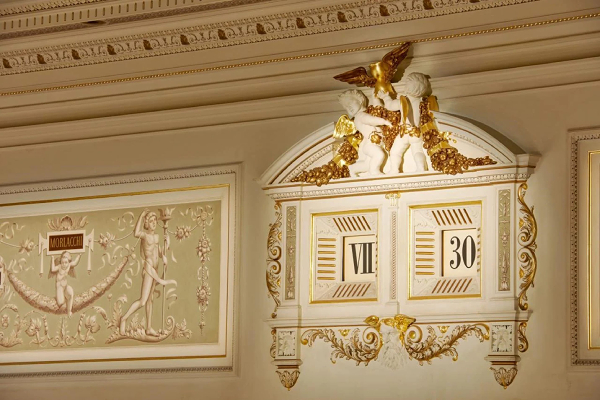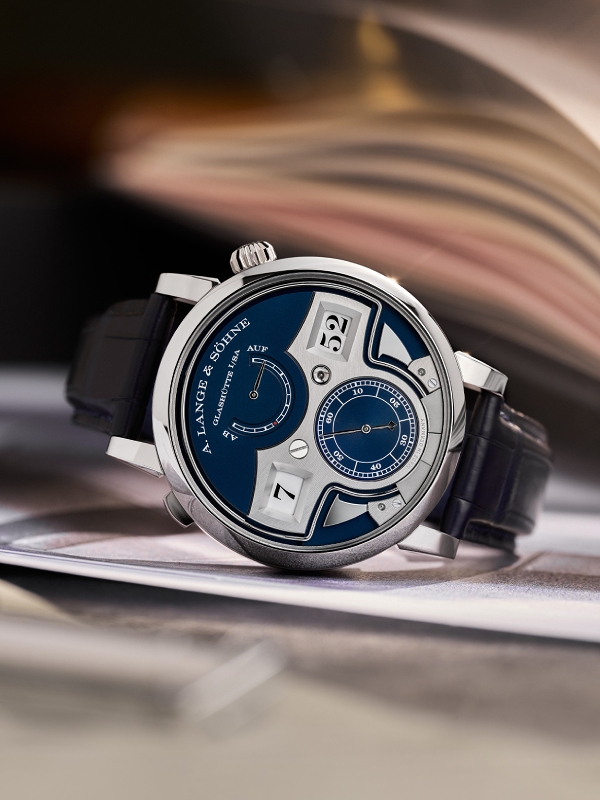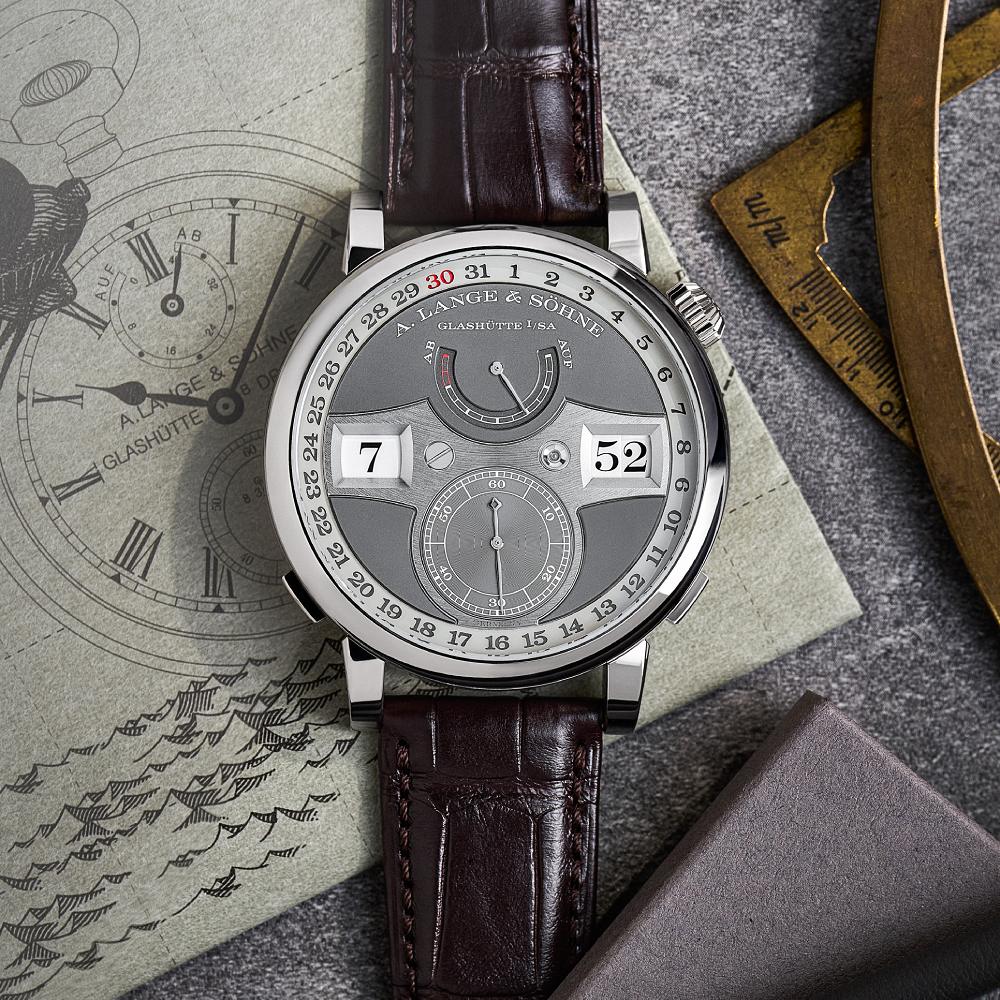
When A. Lange & Söhne first debuted the Zeitwerk in 2009, it was a departure from what was familiar and expected of the brand. Having earned its place among horology’s finest with its classically rooted DNA and precision mechanics, the brand surprised many with a watch that featured a digital time display—unlike anything it had done before.
With two oversized apertures on the dial displaying the hours and minutes, the Zeitwerk instantly became a talking point. Some loyalists were skeptical, but what most didn’t realise was that this seemingly modern approach had deeper roots in history than expected.

The Zeitwerk’s digital display takes its cues from the five-minute clock sitting over the stage in the Dresden’s Semper Opera. What’s more interesting is that the clock, with its rotating numeral panels, was the work of Johann Christian Friedrich Gutkaes—who just so happened to be the father-in-law of Ferdinand-Adolph Lange, the titular founder of A. Lange & Söhne.
Over the years, 17 different Zeitwerk references have been released so far, each offering its own nuanced take on the design. But one element remains constant across them all: the time bridge. This metal plate frames the hour and minute windows, as well as the small seconds sub-dial, giving the watch its distinctive look. Crafted from German silver, the bridge features hand-polished chamfered edges and a finely brushed surface.

Then there are the Zeitwerks that integrate additional complications while working within the constraints of the core aesthetic with technical accommodations. The Zeitwerk Minute Repeater, for instance, is designed so that the chimes correspond with the digital time display by implementing Calibre L043.5 with a decimal minute repeater. Most minute repeaters chime the time in hours, quarters, and minutes, but the Zeitwerk has a system that chimes in tens of minutes instead to match the digital time display perfectly. So if the time is 7:52, you’ll hear seven low tones (for the hours), five double tones (for the tens of minutes), and two high-pitched tones (for minutes).

The Zeitwerk Date, on the other hand, has a date function in the form of a glass display that circles the edges of the dial with numerals imprinted from 1 to 31. A small red ring glides below, signifying the date. This not only allows for perfect legibility, but ingeniously helps the Zeitwerk retain its signature digital format and symmetry.
Digital displays on wristwatches aren’t a new concept—its history stretches back to as early as 1656. But the Zeitwerk manages to separate itself by being the first mechanical wristwatch to display hours and minutes that jump instantaneously. They’re also one of the rare few that display the digital hours and minutes horizontally, as opposed to the traditional vertical layout, due to mechanical convenience.

This is where things start getting a little technical, so bear with me. Three large discs—one for the hours and two for the minutes—require a tremendous amount of energy to generate enough power to make the numbers jump. That’s a lot of weight to move, and especially tricky when all three need to jump at the same time on the hour.
To solve this issue, A. Lange & Söhne engineers start by using a special mainspring (that’s the tightly coiled spring inside a watch that stores and releases energy) that’s not only thicker than usual, but also flipped upside down and suspended differently inside the barrel. This allows the piece to be wound from the inside and unwind from the outside, delivering much more torque than a typical mainspring.
Then, to ensure the discs move at just the right time, the watch also uses a mechanism called a remontoir. Think of it as a backup power source that gets recharged once every minute by the mainspring. It stores energy, then releases small bursts of them at precise intervals to move the numeral discs, no matter how much energy is coming from the mainspring.
In 2022, A. Lange & Söhne refined the original movement (Calibre L043.1) with an upgrade: Calibre L043.6. This new iteration doubled the power reserve from 36 to 72 hours. This is achieved by redesigning the barrel to fit two mainsprings instead of one—all the while retaining the same 41.9mm diameter and reducing its overall thickness from 12.6mm to 12.2mm.
I think back to Walter Lange, the man who revived the German brand, and his guiding belief: “There’s something one should expect not only of a watch but also of oneself: to never stand still”.
To see A. Lange & Söhne continuing to uphold that spirit is endearing and reassuring. But it also leaves me feeling hopeful and excited for what is possible for the brand in the years to come.